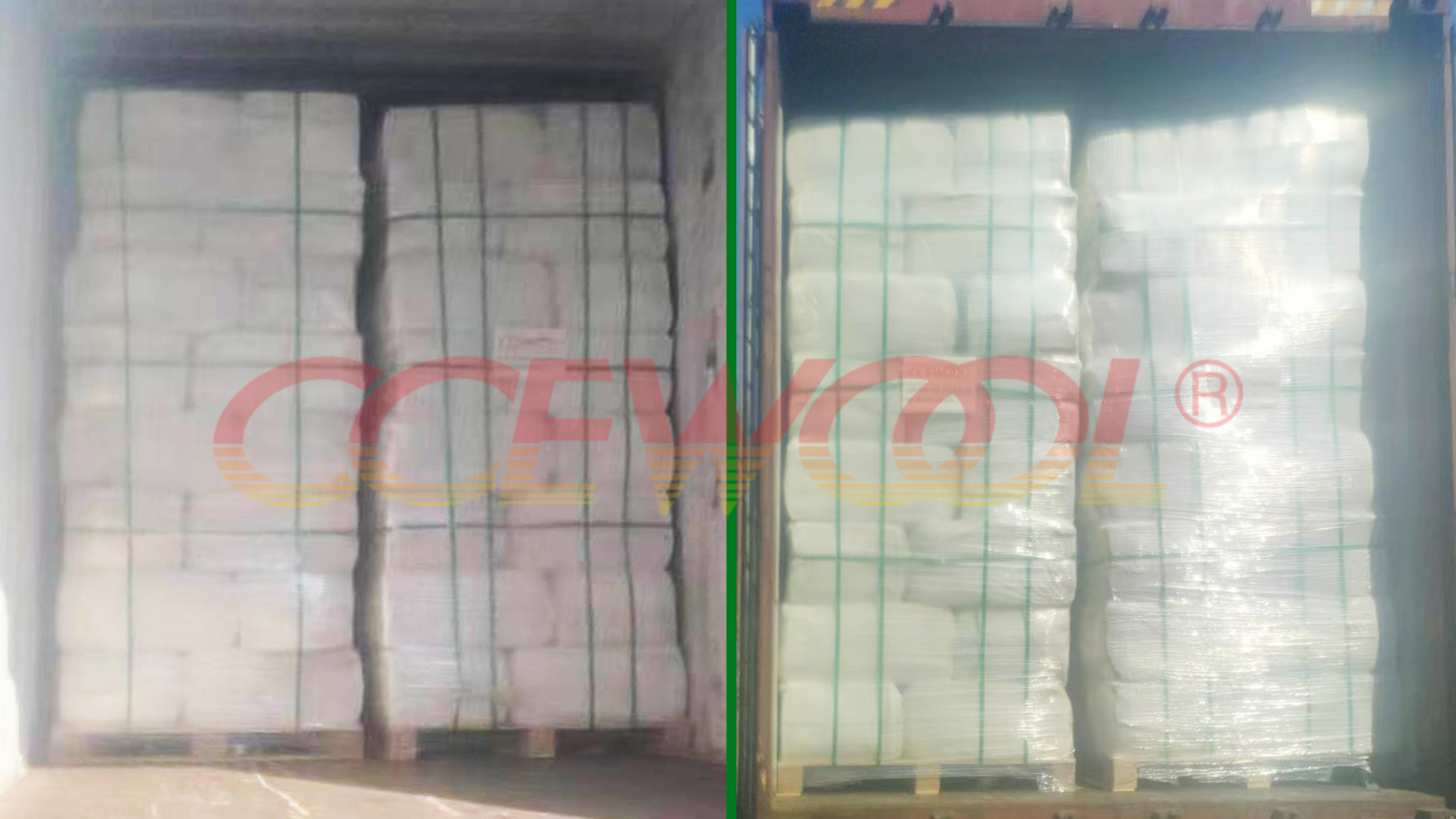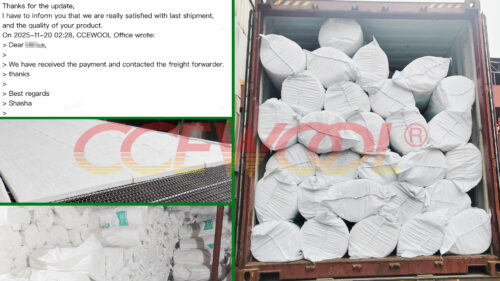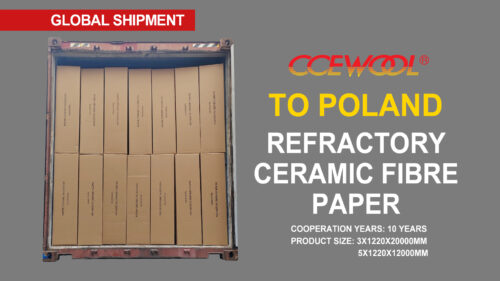Ceramic Blown Fiber – CCEWOOL®
- 30 Jun, 2025
- Insight

In high-temperature furnaces and industrial insulation projects, blown ceramic fiber has become a preferred solution thanks to its flexible application and efficient installation. Among various options, CCEWOOL® Ceramic Blown Fiber stands out for its clean, efficient, and labor-saving performance.
Precise Blowing, Tighter Sealing
Using specialized equipment, Ceramic Blown Fiber can be directly sprayed into expansion joints, furnace doors, and other irregular areas, forming a seamless thermal barrier. It eliminates cutting and joining, reduces thermal bridging, and speeds up construction while lowering labor costs.
Low Dust, Safer Environment
CCEWOOL® optimizes fiber structure to reduce dust during application, ensuring a cleaner and safer workspace. Clients report significantly improved air quality in enclosed work areas, helping protect the health of personnel.
Resilient Structure, Longer Durability
After application, the fiber expands slightly under heat, adhering tightly to surfaces without collapsing. This ensures a consistent insulation layer over time, reduces heat loss, and extends maintenance intervals.
Italian Customer
Cooperation Years: 2
Ordered Product: CCEWOOL® Ceramic Blown Fiber
Specification: 20kg/bag
This client has steadily increased their purchases over the past two years. They praised the product for its cleanliness, efficient fill quality, and easy installation, stating: "CCEWOOL® Ceramic Blown Fiber is easy to apply, dust-free, and delivers excellent insulation - a reliable partner for long-term use."



